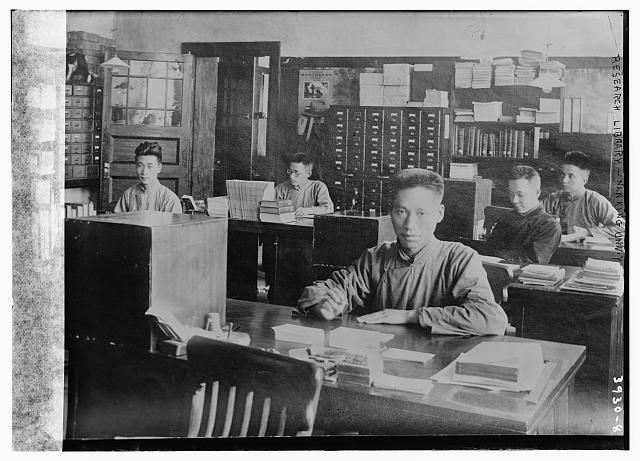Prompt: Write a blog post in response to our class on digital history.
Our Digital History class was definitely a fun experiment. Taking a site like Twitter, which is often one of the social networking sites that get blocked in school, and making it an actual tool to be used for learning was impressive. Thinking about how that would translate into a Middle/High School class is a bit challenging for me though because it was hard to keep a room full of graduate students focused on the single task at hand without getting distracted by Miley Cyrus or The Walking Dead or whatever other nonsense Twitter has the tendency to throw at users. One thing that might have reigned it in a bit is if the class as a whole had a larger, classroom conversation on the #engsschat questions and then, as a class, contributed some of the highlights of what we discussed.
The second highlight of the Digital History class for me was being able to get my hands on really cool data machines… my favorite was the NYT Chronicle website (check out my search here). Giving us resources to explore our own curiosities led to some serious engagement… obviously there’d be some issues with students looking up problematic/inappropriate information but I think that could be cleared up with clear and concrete guidelines set ahead of time. Ultimately, resources like NYT Chronicle and GapMinder was incredibly engaging and letting kids explore and play discover/historian in a Social Studies class could be a breath of fresh air for students.
In regards to how “historians” can leverage these digital tools for research/instruction/professional growth, I’ll focus primarily on instruction. Going all the way back to our first day of class, when we were asked to work in groups to create an image of what was needed to be a good Social Studies teacher, I think these digital tools could be a really cool opportunity to see what students can create/find/produce. I could see a teacher showing students how to use GapMinder and then telling them, “In a group of three, use GapMinder to find different social/economic/health data that has a strong positive or negative correlation. After your group feels that your data is strongly connected, think of a way to creatively explain how they connect to each other.” Products may be all over the place but students would have to tap into multiple skill sets to complete the task: team work, research, reasoning, etc. I love the idea of using these tools in a classroom!
Image Credit:
Digital Idggbain 22350 http://hdl.loc.gov/loc.pnp/ggbain.22350
Control Numberggb2005022348


It’s good to digitize as much of the past as we can so it doesn’t get lost or forgotten